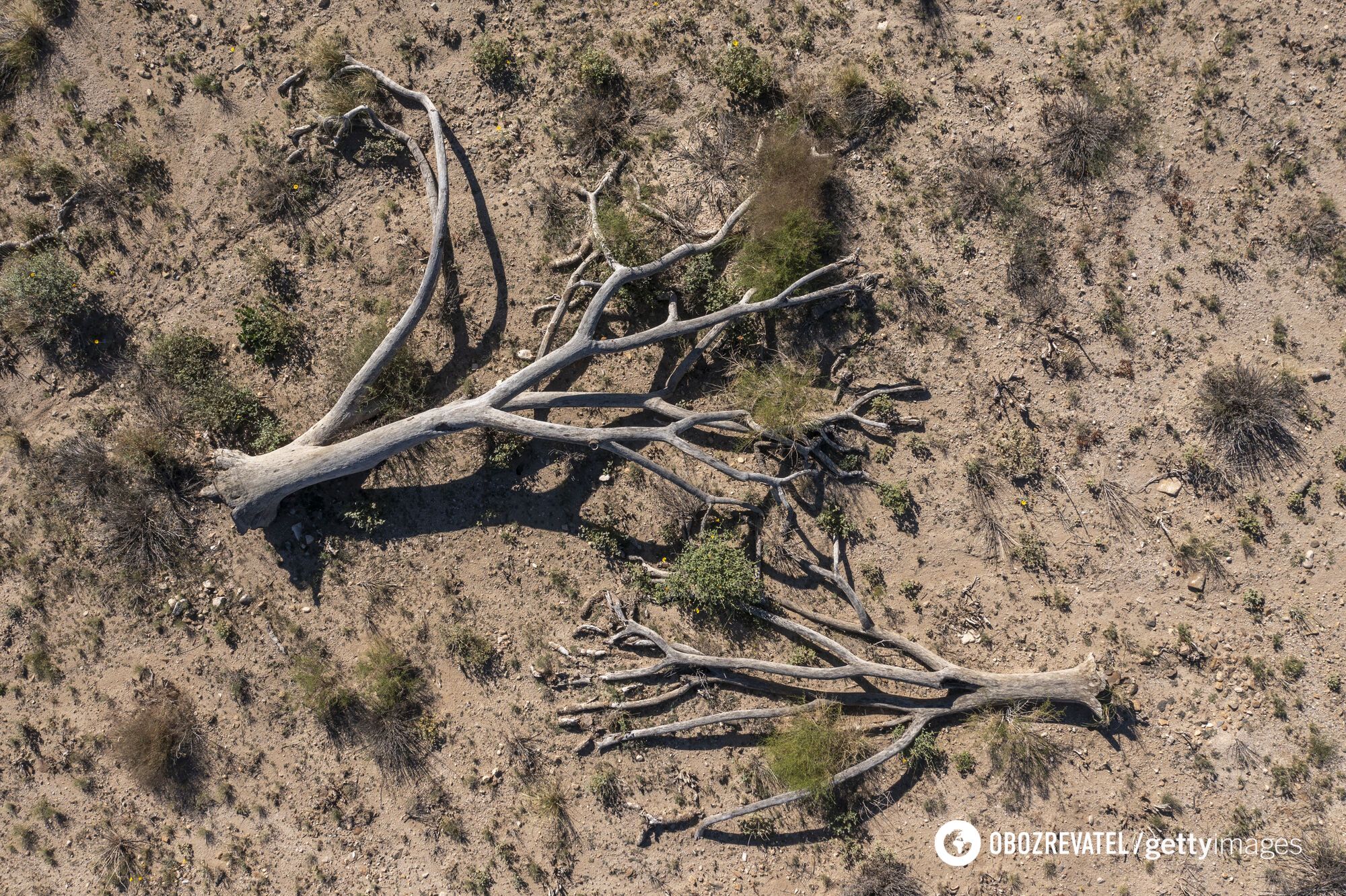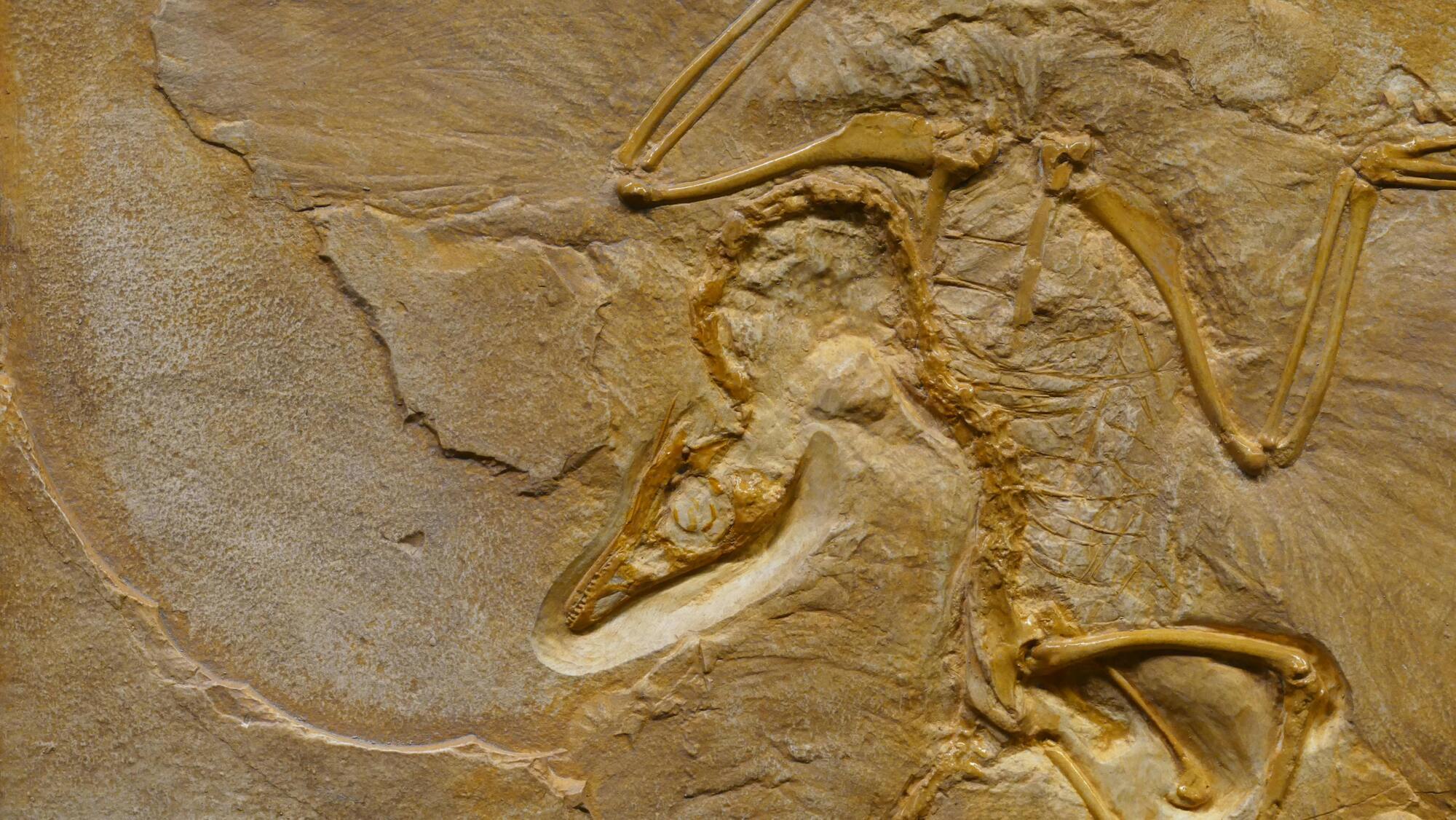News
"Dark extinctions" are imperceptibly wiping out life on Earth: what it is and how to prevent it
The term "dark extinction" refers to the loss of species that we do not even know exist. In other words, it refers to life forms that became extinct before they were discovered or scientifically described, i.e., they did not receive a taxonomic classification.
Typically, this refers to those plants and animals that became extinct as a direct result of human-induced habitat alteration. However, these unknown anthropogenic extinctions are by no means limited to the modern era and extend all the way back to prehistoric times, when our ancestors first colonized the world's continents and hunted certain megafauna to oblivion, IflScience writes.
Many of these long-vanished giants are well represented in the fossil record, but experts believe that over the past 10,000 years, there have probably been many megafauna extinctions that we don't even know about.
The great wave of human-caused extinctions began sweeping across the planet around the 14th century, when advances in European maritime technology allowed Westerners to colonize remote ocean islands, bringing with them rats, cats, and other non-native mammals that utterly decimated the local wildlife. However, since this preceded the so-called taxonomic period (which began in the early 19th century), many of the species that died during this era were not scientifically described or recorded in any catalog, meaning that there is no accurate idea of how many creatures went extinct.
But even since the beginning of the taxonomic period itself, an unknown number of species have ceased to exist before anyone has had a chance to record them. Many of these life forms simply disappeared without a trace. Others left behind fossils that were either discovered after they became extinct or have yet to be excavated. And then some still exist only in museums or collections, waiting for taxonomists to posthumously describe them.
"We know what we've lost and described, but a lot of what disappeared before description, and in some cases disappeared before the science of taxonomy even began. The post-Linnaean world in which we described species had really only been moving forward for a few centuries. So anything that existed before the time of Linnaeus' discovery could have been completely unknown," says Dr. Alexander Leese of Manchester Metropolitan University.
In order to fill in all the gaps, scientists would need to find the remains of every species that has been driven to extinction, but it goes without saying that this is unlikely. "For many species, we resort to fossils and semi-fossils. Thus, species that are well fossilized may have a better list of historical extinctions, but not all species. Birds, for example, don't fossilize as well as mammals, and most invertebrates are very rare in the fossil record," the scientist explains.
In other words, it is not really known how many dark extinctions have occurred in human history, although scientists have made several assumptions, and the numbers are quite staggering.
The official list of extinct plants and animals is maintained by the Red List of the International Union for Conservation of Nature (IUCN), and it currently includes only 909 species. However, by the organization's own admission, this number is "significantly underestimated" because it does not take into account unknown extinctions or undiscovered species. Therefore, researchers have made several attempts to develop statistical models to calculate the number of dark extinctions that accompanied these confirmed extinctions. For example, one study found that about 1,430 bird species may have been wiped out by human activities, while another suggested that up to 60 percent of all extinctions in certain taxonomic groups may be unknown species.
Another paper concludes that up to 260,000 invertebrate species have been lost in the last 500 years, highlighting the Red List's severe inaccuracy when it comes to recording dark extinctions. However, all of these estimates are very rough and there are no exact numbers that describe all the organisms that have disappeared from the face of the Earth.
How can we prevent dark extinctions?
Extinction is an inevitable part of the process of natural selection, and it is believed that even without human help, the world would lose approximately 0.1 organisms per million species per year. However, current estimates show that the world is being devastated thousands of times faster than this background rate, leading to the assumption that we are in the midst of the largest mass extinction event in the history of our planet. It is therefore clear that significant investment in habitat conservation is needed to halt the decline at least somewhat.
Scientists believe that many endangered species are unlikely to survive without captive breeding programs. Of course, ex-situ breeding programs are designed to save known species from extinction, and therefore do not directly help alleviate the dark extinction crisis. However, by restoring habitats, there is a chance to unknowingly bring back a huge number of undiscovered species, in addition to saving those that need to be saved.
"Dark extinction would cease to exist as a concept if we had a more complete list of the world's inhabitants. We may not be able to stop many of these species from disappearing, but if only we could describe them all, then at least we would know what we are losing," explains Alexander Liz.
So, we need to significantly increase taxonomic production. Unfortunately, the science of taxonomy is finding fewer and fewer supporters. "This mission is to catalog the Earth's biodiversity before it disappears, but this process is slowing down because taxonomy is currently underfunded," the scientist says. Therefore, additional investments are urgently needed to prevent the extinction of the taxonomy.
"It will never be possible to describe everything. But I hope we can exceed 10 percent. This should be the goal," Dr. Liz concludes.
Only verified information is available on the OBOZ.UA Telegram channel and Viber. Do not fall for fakes!





























